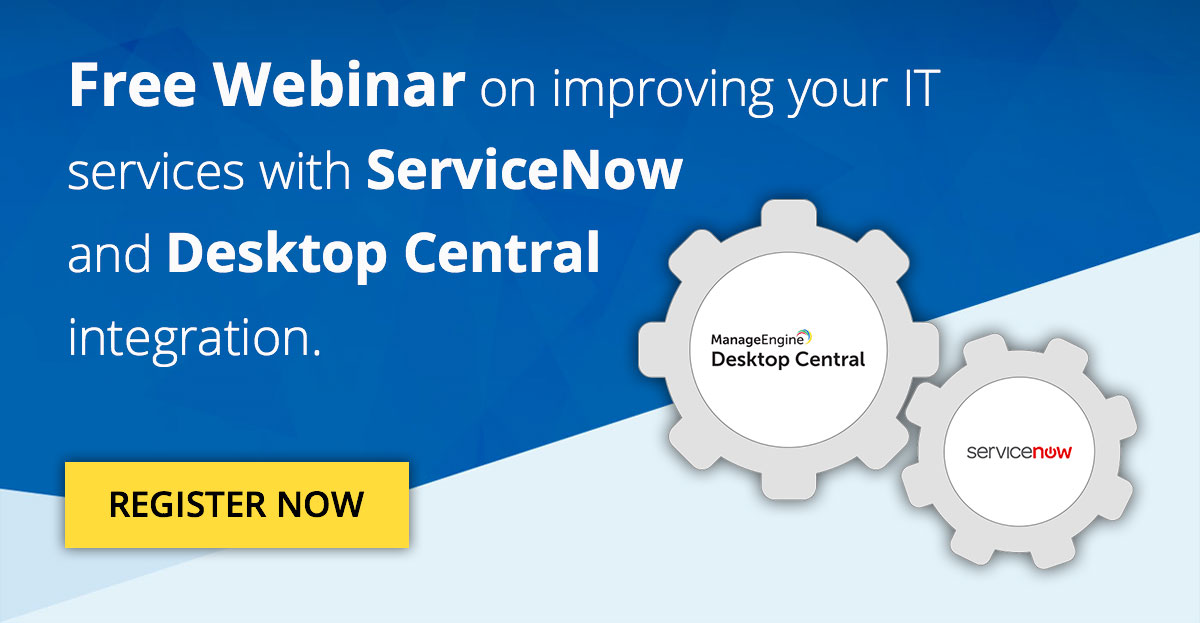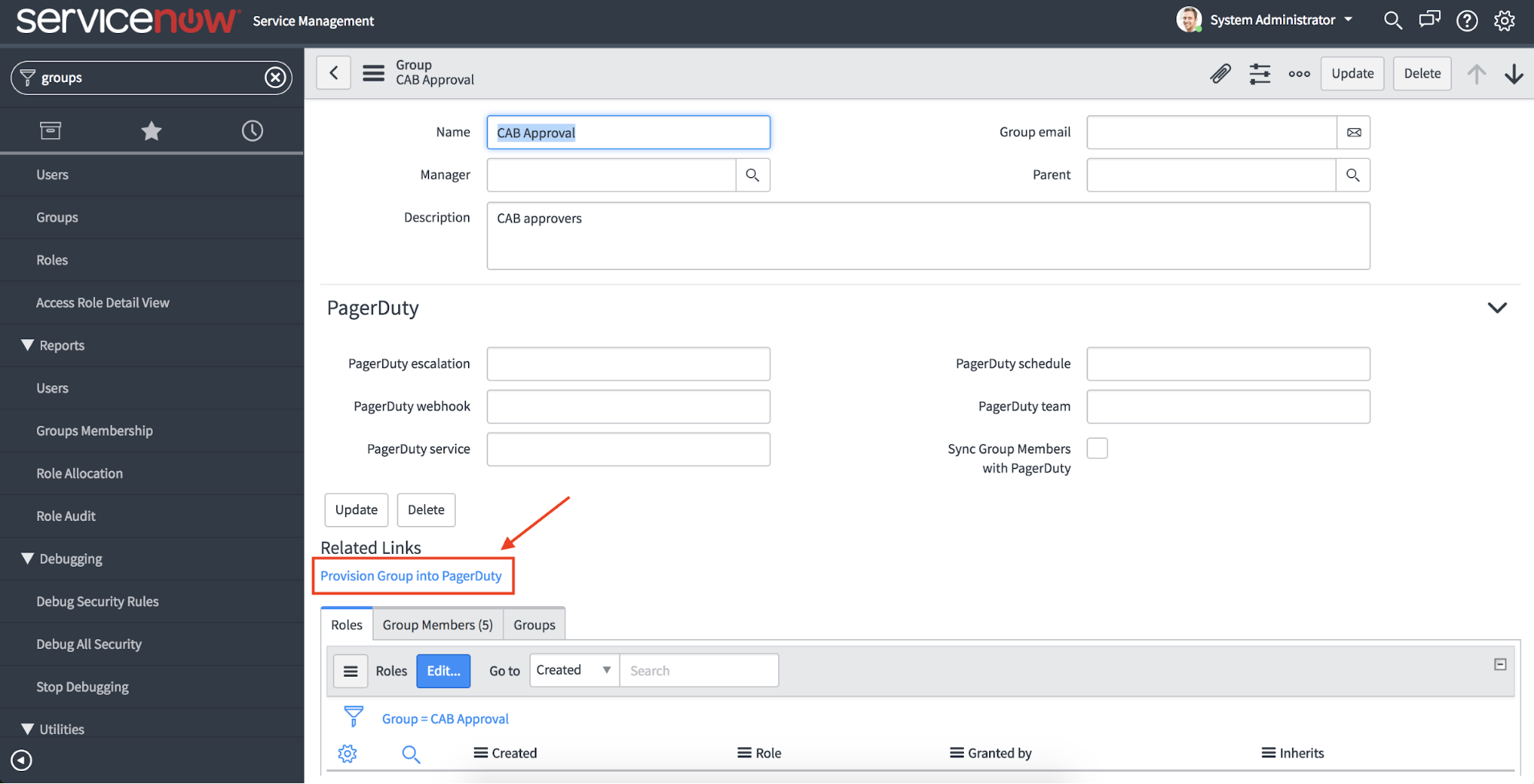


They are identical to their non-Hist counterparts, with the exception of the Action field.Ī Windows computer's current OS is stored in tblOperatingsystem for instance, while OS changes are stored in tblOperatingsystemHist. These tables are not documented as they store historical Windows computer data.

The htbl tables generally store helpdesk data.The database contains tables that start with "htbl", "tbl" and "tsys".A link to the database documentation is available within the report builder as well, next to the report title.This table stores basic ticket details like ticket number, subject, type etc. This table stores basic asset details like name, IP address, type etc.Ī table you'll likely want to include in any helpdesk ticket report is "htblticket". That extra coding (and hardware) is totally unnecessary - simply use the system ServiceNow has in place.A table you'll likely want to include in any asset report is "tblAssets".

When I originally integrated, I didn't know about the features available in Data Sources, and my team wasted a bunch of time and resources extracting and transforming the data using python. For advanced functionality, it may even be worth activating the SCCM Plug-in, just to see how the ServiceNow team manages to populate the data. You can also schedule the import to run at a set time. With this information in the system, you can manipulate the data with transform maps just like you would a spreadsheet or LDAP query. The database is probably locked down, but this information can pass through the MID Server, so the cloud isn't touching your server directly. Once you have this query planned, put the credentials, server name, and database information into a Data Source record with type set to JDBC. Note that LANSweeper may change their schema in between versions, so you'll want to work with the application owners during upgrades. From there, start experimenting with SQL Queries to assemble a single table that gives you the data you need. Unfortunately, I cannot recall what we used as a base table, but someone familiar with SQL Server Management Studio can help you navigate the tables and find the information you need. Simply create a local, read-only MS SQL account and browse through the schema. Lansweeper hosts its data on a MSSQL database, so you can easily hook into the system using the JDBC Data Source drivers. My old company used Lansweeper to populate the CMDB because it was one of the only tools that contained our full UNIX and Windows environment.


 0 kommentar(er)
0 kommentar(er)
